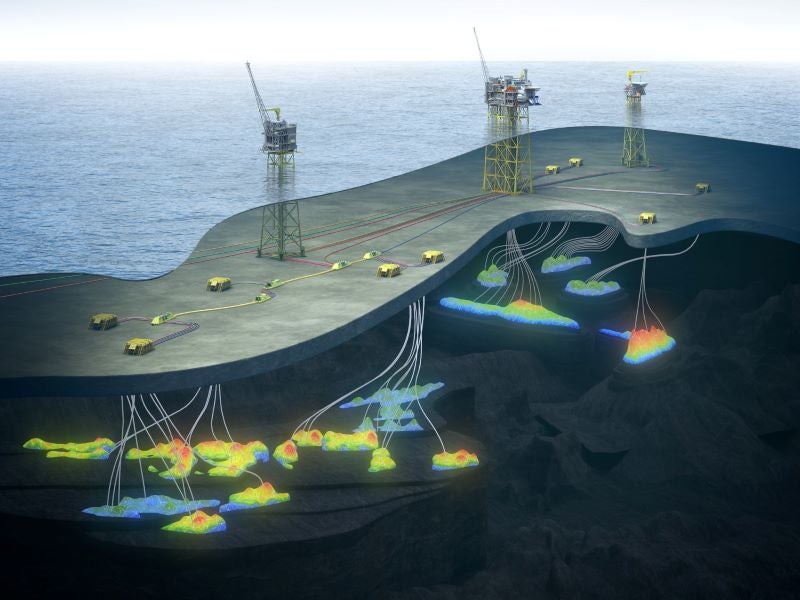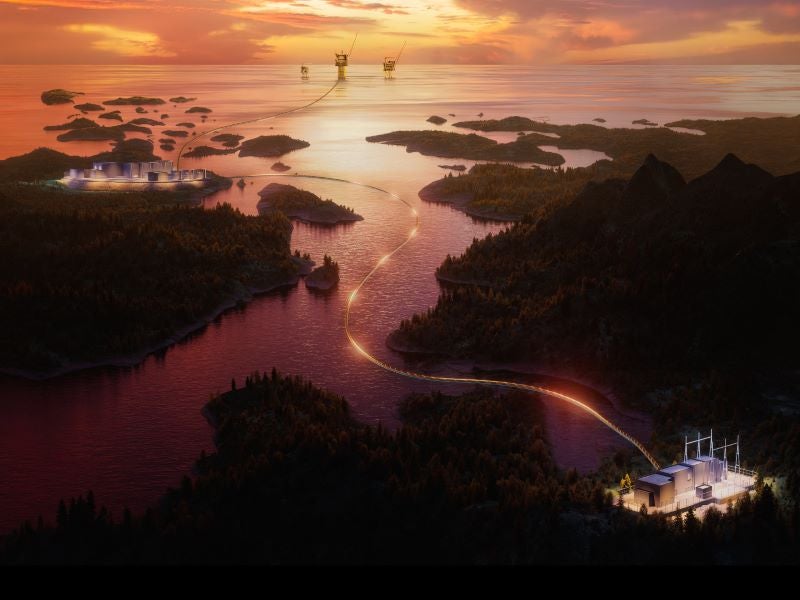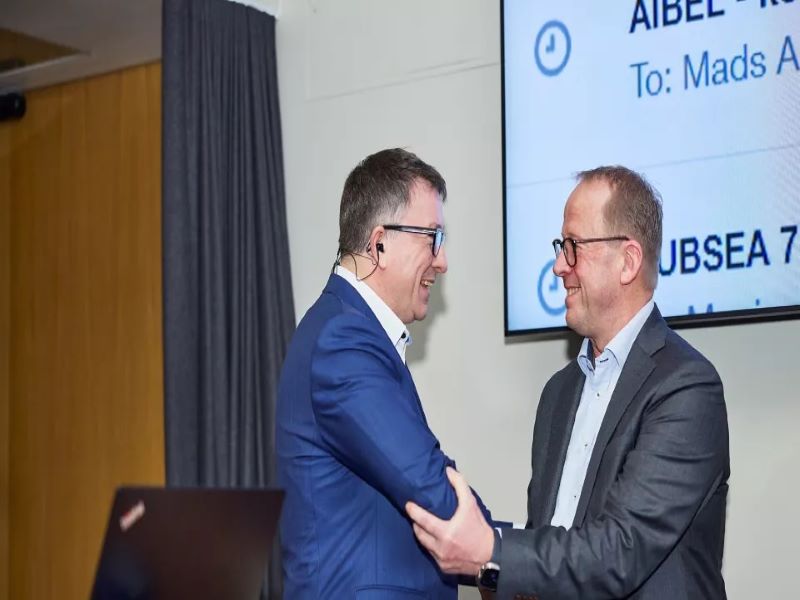Yggdrasil, formerly known as North of Alvheim Krafla Askja (NOAKA), is a major offshore oil development project located in the North Sea, Norway. It is being developed by operator Aker BP along with partners Equinor Energy and PGNiG Upstream Norway.
The final investment decision for the Nkr115bn ($11.6bn) multi-field Yggdrasil development was made in December 2022.
The Norwegian Ministry of Petroleum and Energy (MPE) approved the plan for development and operation (PDO) of the project in June 2023.
Onshore construction work for the project is expected to start in the second half of 2023, with the start of production expected in 2027.
Yggdrasil area details
The Yggdrasil project is located in Central North Sea on the Norwegian Continental Shelf (NCS), approximately 160km west of Kollsnes, near Bergen. Water depths in the area range from 110m to 120m.
The Yggdrasil area comprises three license groups, namely Hugin, Munin and Fulla, which are located between the Alvheim and Oseberg fields in the North Sea.
Formerly known as North of Alvheim (NOA), Hugin is owned by Aker BP (87.7%) and PGNiG (12.3%).
Munin (formerly Krafla), which is located 35km south of Oseberg, is owned by Aker BP (50%) and Equinor (50%).
The Fulla licence is located between the Heimdal and Oseberg fields, and is owned by Aker BP (40%), Equinor (47.7%), and PGNiG (12.3%).
Discovery and reservoir details of Yggdrasil
Major discoveries within the Yggdrasil area include Munin, Fulla, Lille Frøy, Frøy, and Øst Frigg Beta/Epsilon. The reservoirs are in the Lower Jurassic sandstone formations of the Brent Group.
Munin was discovered by drilling the 30/11-8 S discovery well in 2011 while Fulla was discovered with the drilling of the 30/11-7 wildcat well in 2009.
The Lille Frøy and Frøy discoveries within the Hugin Formation were confirmed in 1976 and 1987, respectively. The Frøy field was brought into production in 1995 and was shut down in 2001. It will be redeveloped as part of the Yggdrasil project.
The Øst Frigg field, which was discovered in 1973, was in production between 1988 and 1997.
The Øst-Frigg Beta/Epsilon wildcat well, which was drilled to a depth of 8,168m in May 2023, is the longest exploration well drilled on the Norwegian Continental Shelf. It was drilled by the Scarabeo 8 semisubmersible drilling rig.
The Øst-Frigg Beta/Epsilon discovery is estimated to hold up to 90 million barrels of oil equivalent (mboe).
The Yggdrasil area is estimated to contain a total of 700 million barrels of recoverable oil equivalent reserves.
Yggdrasil oil and gas field development details
The Yggdrasil development will include 55 wells tied back to three offshore platforms, namely Munin, Hugin A, and Hugin B.
The subsea production system will comprise 40 vertical subsea trees and nine six-slot manifolds along with manifolds, wellheads, and associated tie-in systems. It will also include eight static umbilicals with a total length of 90km.
The Munin unmanned production platform will be installed at a water depth of 105m in the northern part of the project area. It will be connected with 23 wells. The jacket for the platform will weigh 5,800 tonnes (t) and measure 130m tall.
The Hugin A production, drilling and quarters (PDQ) platform will be installed in the southern part of the project area. It will receive the oil production from the Munin and Hugin B platforms. The Fulla and Lille Frøy discoveries will also be developed as subsea tiebacks to Hugin A.
The Frøy field will be developed with the Hugin B normally unmanned wellhead platform, which will be tied back to the Hugin A platform.
The Yggdrasil project will be remotely operated from an onshore integrated operations centre and control room in Stavanger.
The oil produced at Yggdrasil will be exported through a shared pipeline from Hugin A to the Grane oil pipeline connecting the Sture oil terminal at Øygarden. Gas will be exported from Hugin A via Munin to Statpipe and the Karsto processing plant located to the north of Stavanger.
Power supply from the shore
Aker BP received the approval to connect Yggdrasil to Norway’s national grid in Samnanger in April 2023.
The project will receive power from the shore through 250km of 145kV sea cable.
A new transformer station will be built at Børdalen in Samnanger. The project also includes the construction of a compensation station at Årskog in Fitjar and 11km of powerline and cable in Samnanger.
Contractors involved
Aker Solutions was contracted to provide the engineering, procurement, construction (EPC) and offshore hook-up services for the Hugin A and Hugin B platforms in December 2022. It is also responsible to provide the subsea production system for the project.
Subsea 7 will provide the subsea umbilicals, risers, and flowlines (SURF) for the project.
Siemens Energy will provide the electrical, instrumentation, control and telecommunication systems for the Hugin A and Hugin B platforms.
Heerema Vlissingen was contracted to construct the Munin jacket in May 2023. Aibel will provide topsides for the Munin platform.
Hitachi Energy is responsible to provide the complete energy system and key electrical equipment for the onshore grid connection of the project.
Linjepartner was contracted to supply 132kV overhead lines for the project in June 2023.
NKT was selected to design, manufacture and install 255km of 145kV sea cables for the project in December 2022. The NKT Victoria cable-laying vessel will be used to lay the sea cables.
Allseas will transport and install the Hugin A topsides using the Pioneering Spirit offshore construction vessel, under a contract awarded in December 2022.
ABL Group was contracted to provide marine warranty survey services for the project in March 2023.
Other local contractors involved in the project are Tratec Halvorsen, Framo, FireNor, and Leirvik.





